These were called Pattern 1776 Rifles, normally with the name of the inventor Capt.
Their fame has driven the preceding P1776 rifle out of the limelight almost entirely.
They are held up as ultimate secret weapons or derided as impossibly expensive vanity toys.
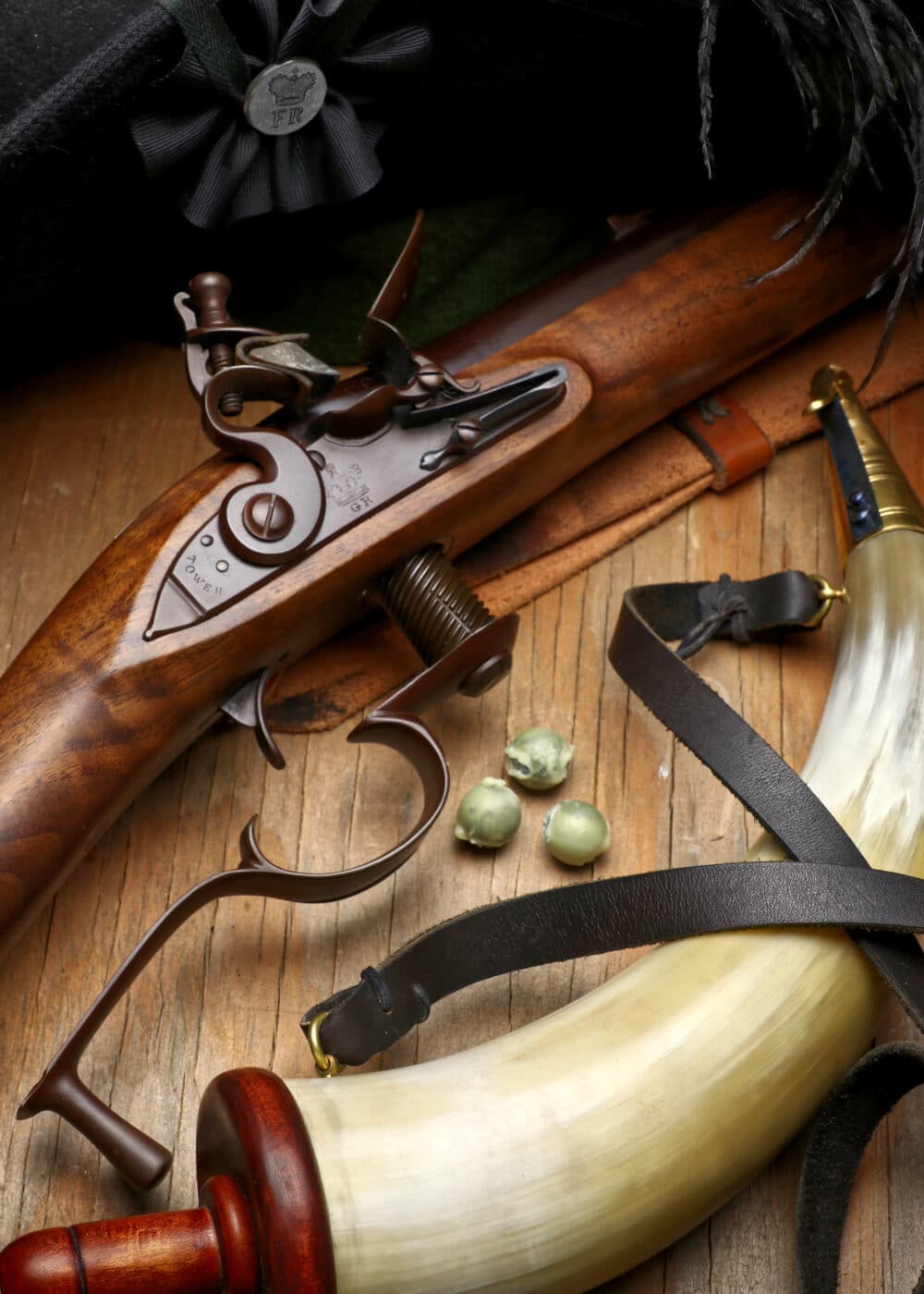
The truth is stranger.
A turning-breech rifle had been available to discriminating sportsman for quite some time already.
So this wasnt new, unproven technology, just never perfected.
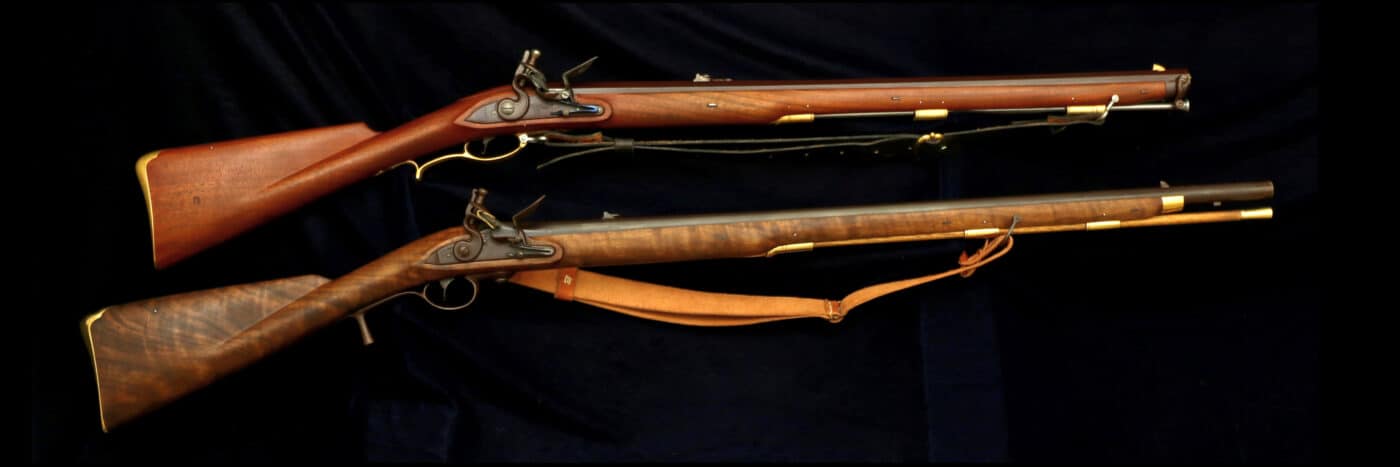
The construction has some unique points.
The trigger is pinned to the wood and the pull crisp but heavy at 7 pounds.
The rifle itself weighs 9 pounds, 9 ounces.
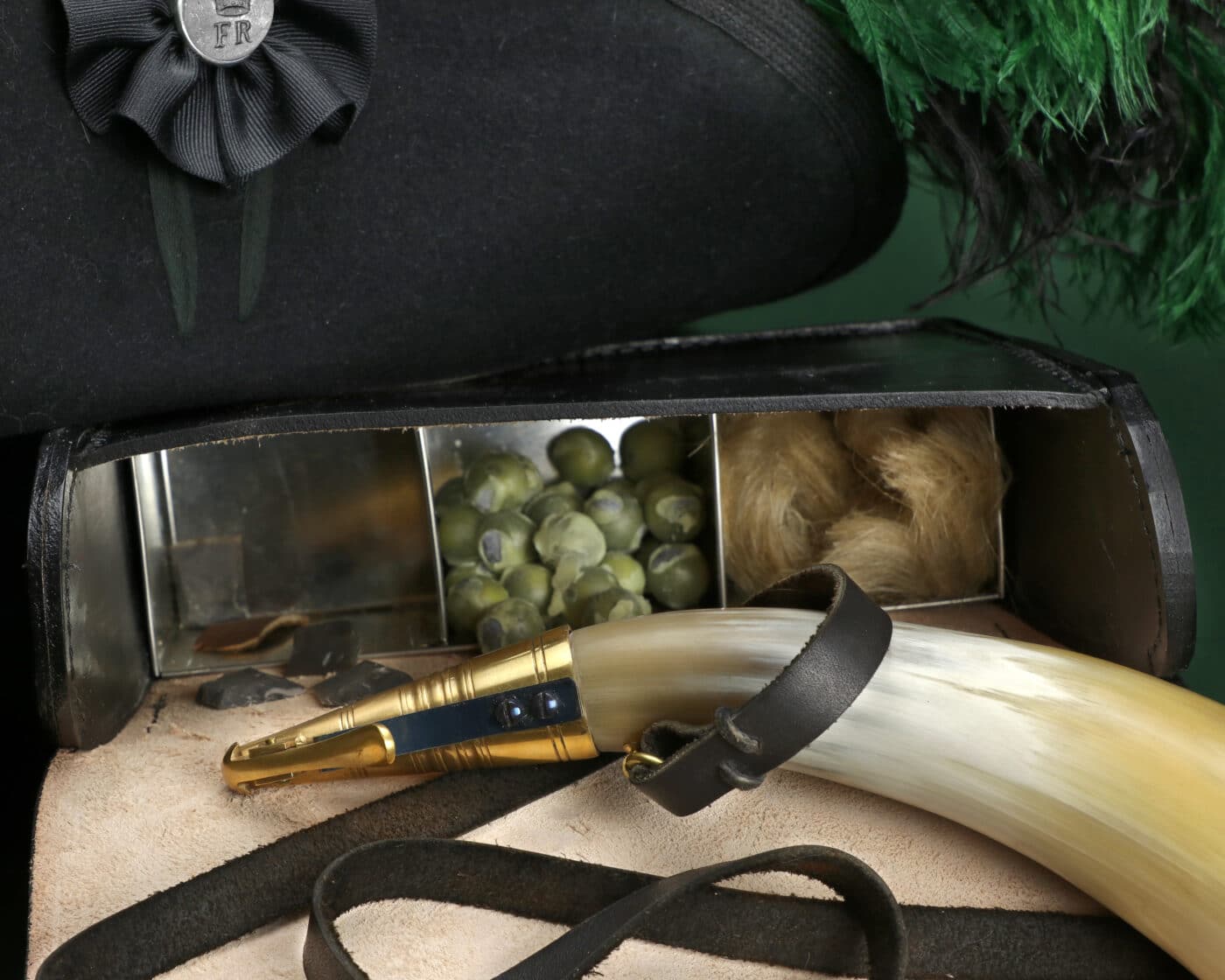
The balance point is right under the rear sight, and the rifle holds and aims very nicely offhand.
The rear sight has one fixed leaf, and one very tall folding leaf.
The front sight is sweated onto the barrel far enough back to allow the bayonet to be affixed.

The bayonet lug is sweated on underneath the barrel.
The sling swivels are sufficiently odd enough for comment.
The swivel itself is free to move on one axis only, and does not rotate.
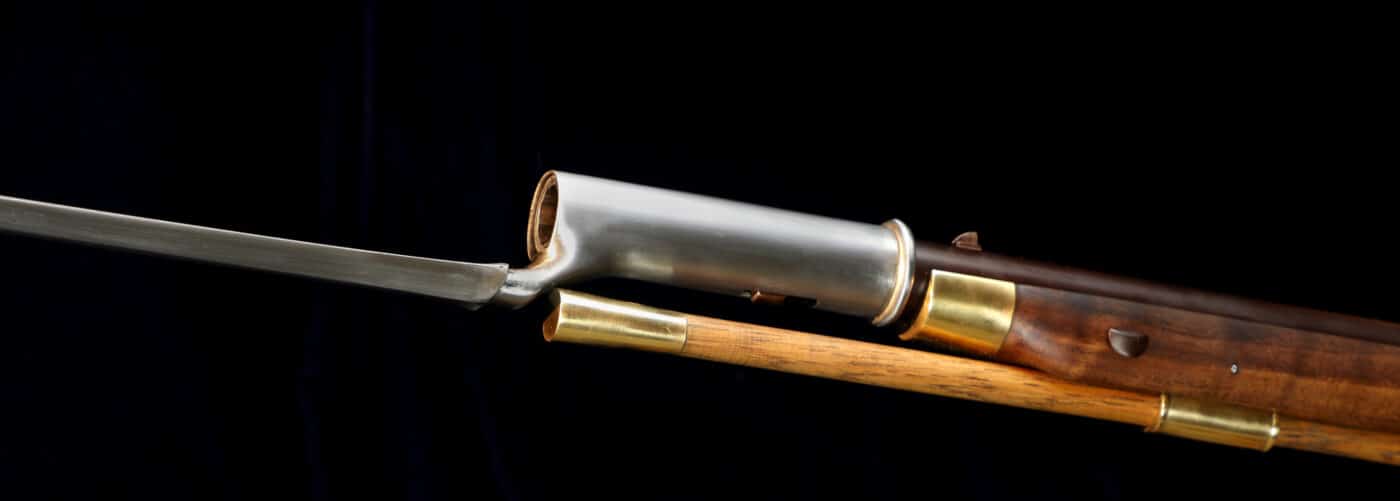
It is a style of sling swivel mostly found on rifles of Germanic origin.
Ewald, since all three were serious students of tactics.
Patrick Ferguson was an inventor in addition to being a tactician.
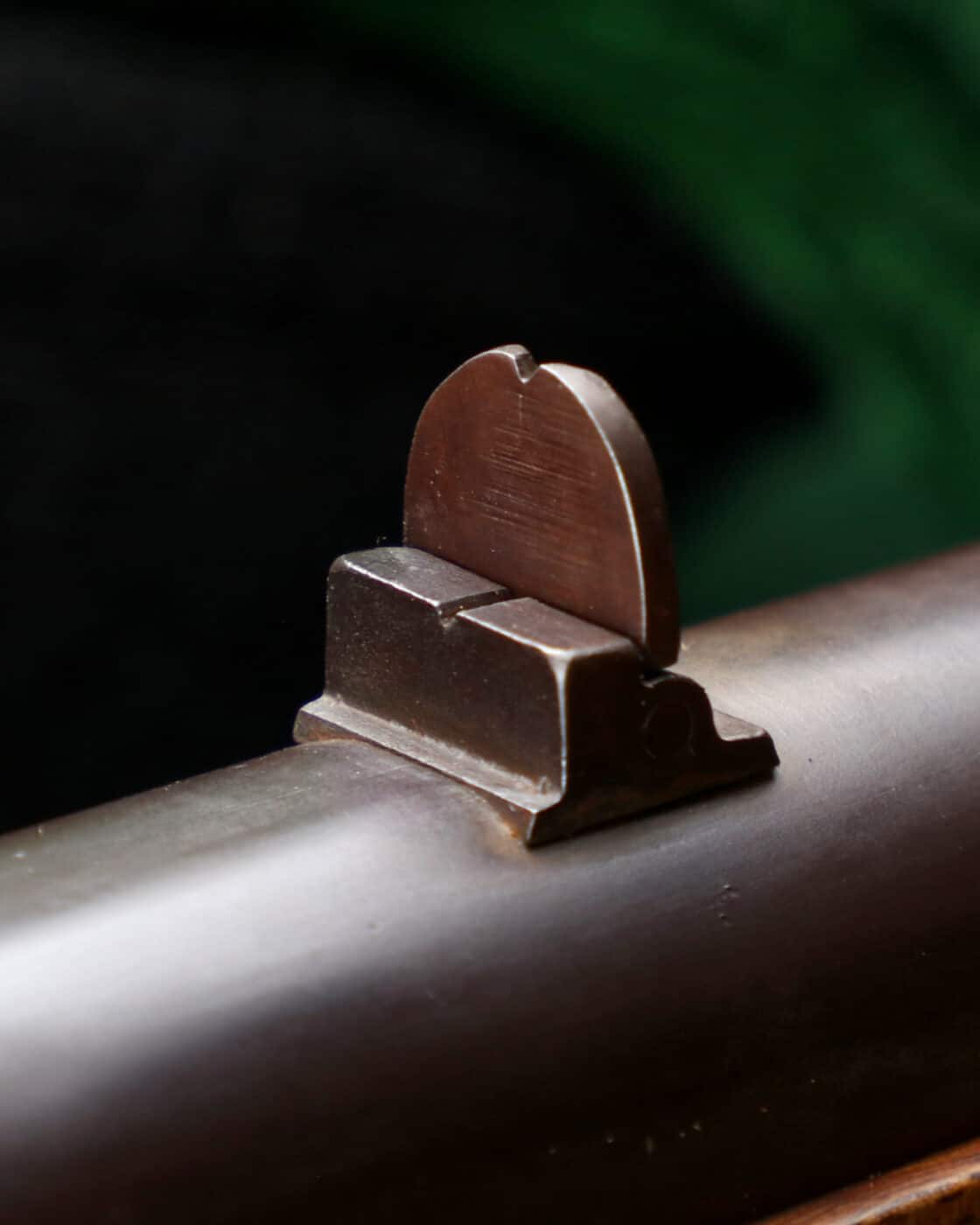
His rifle was never improved beyond its early development, and his tactical theory never explored.
It is often said the British despised riflemen, but they only despised riflemen shooting at them.
They had no problem with their riflemen returning fire.
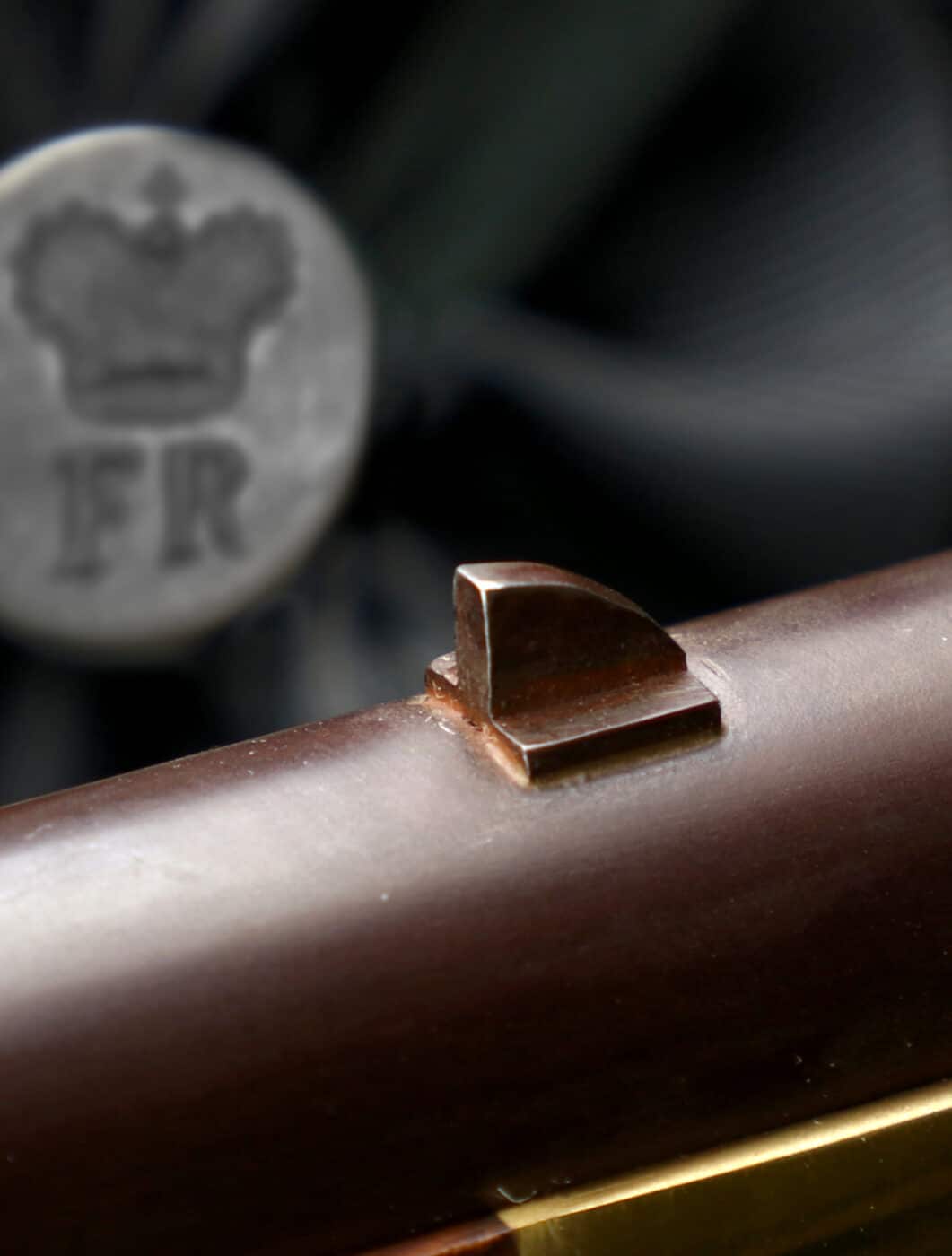
Rifles were not unwelcome or misunderstood.
His concept was for the line to open with accurate, aimed fire while beyond range of reply.
The Ferguson rifle could be loaded prone easily unlike conventional muskets and rifles.
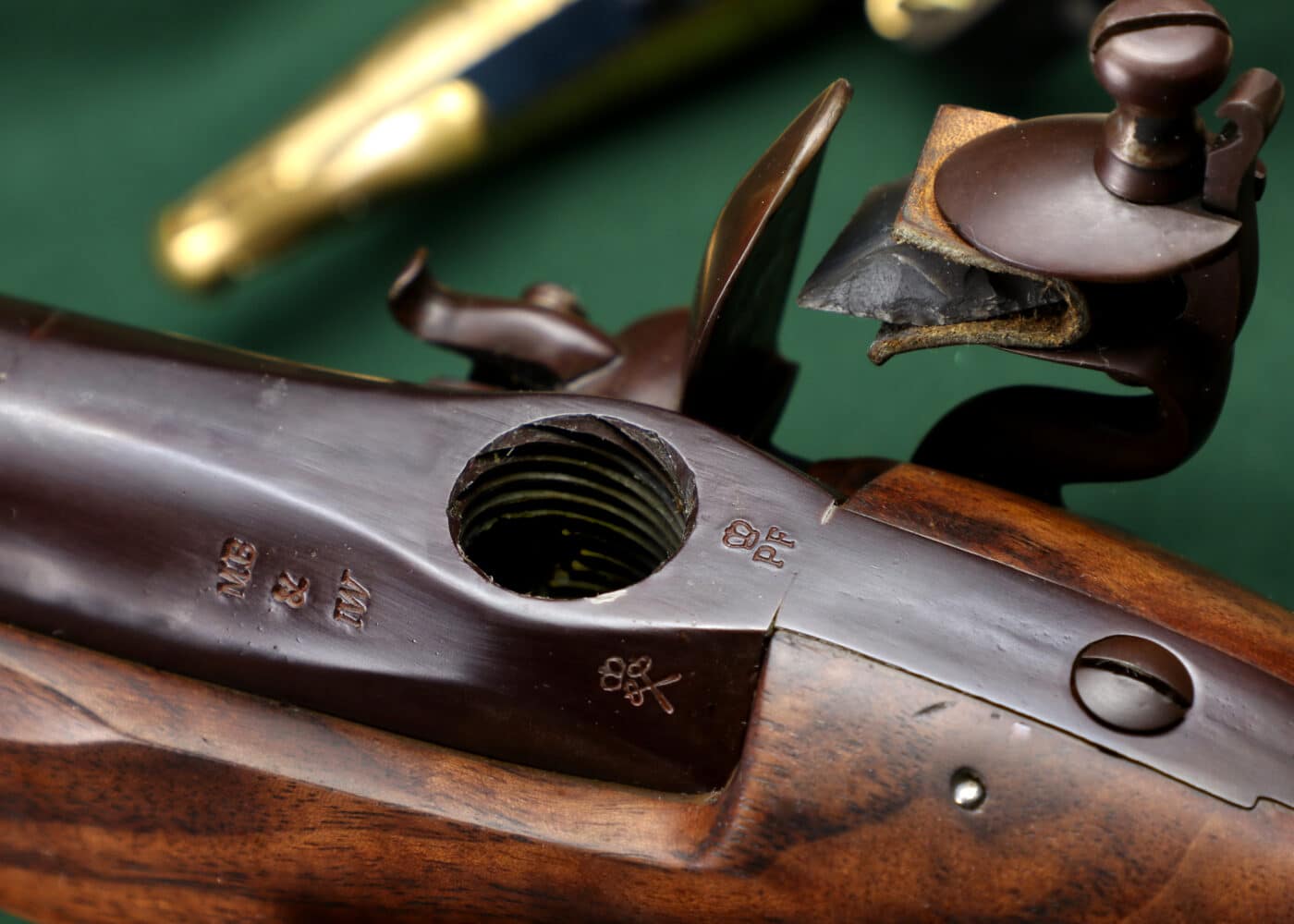
Trained riflemen could fire up to seven shots a minute.
Although aim suffers with speed, speed counts more as the opposition closes in.
Ferguson personally demonstrated his shooting in front of the King at ranges out to 300 yards.
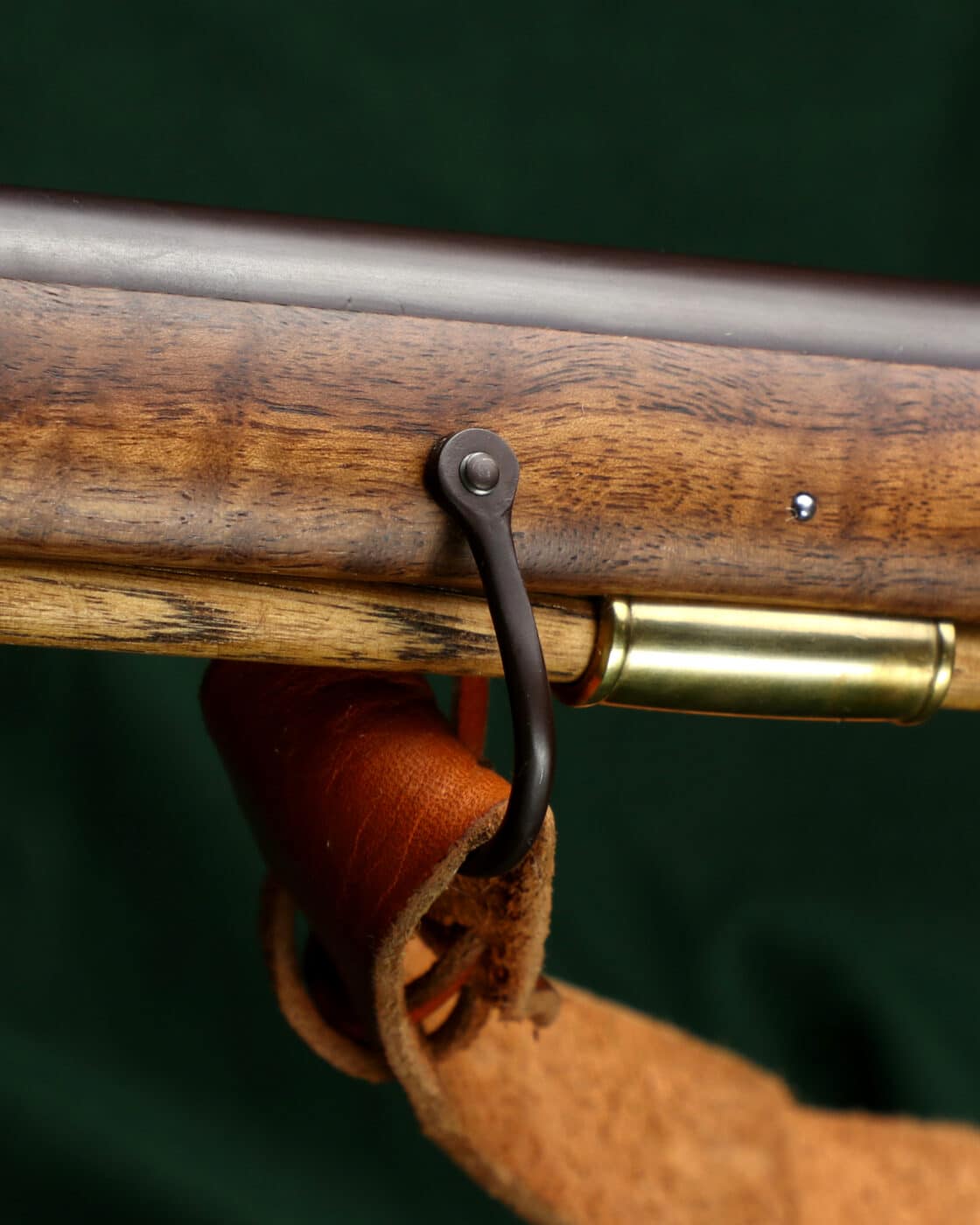
He put all his shots on the 100-yard target with five in the bulls-eye, according to eyewitnesses.
All this in a rainstorm on a windy day as well!
Thats a long way for an opponent to walk under fire.
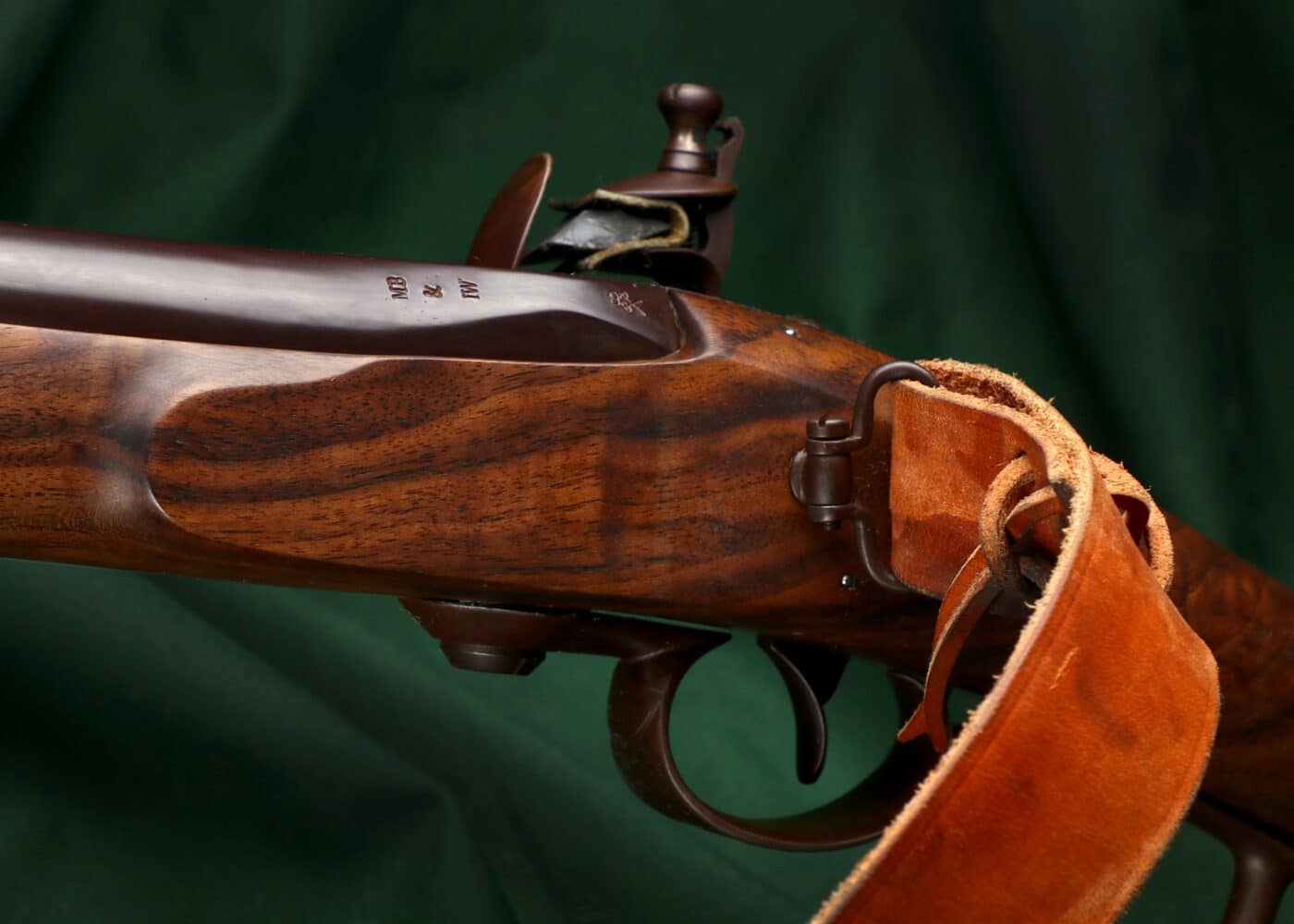
With properly greased balls and breech screw the Ferguson continues firing.
The downside would be grease melting off the balls during hot days, and clumping together over cool nights.
The addition of a 24-inch sword bayonet increased the Ferguson-armed riflemens versatility.
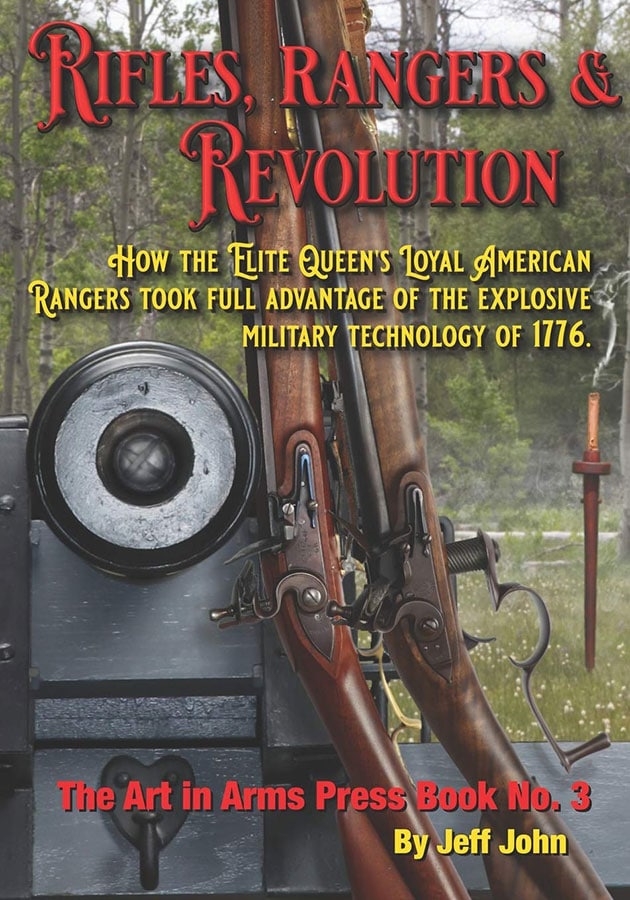
The Ferguson is safer.
Finally, the rifle is primedafterit is loaded, unlike other British arms which were primed first.
Another aspect of the Ferguson bayonet was it was sharpened on both edges.
Ferguson taught his men to slash at an opponents hands while fencing.
Regular bayonets were thrusting weapons only.
The Ferguson added slash to the thrust.
The later Baker bayonet had a sword handle and guard.
Its possible Ferguson was able to explain his vision to Howe upon his arrival in America.
They could only prove themselves working in one of the smaller units.
Ewalds Hessian riflemen), and all engaged in the Battle of Brandywine on September 11, 1777.
There, Ferguson and the Rangers acquitted themselves well and received commendation from Gen. Howe.
Brandywine is where Ferguson famously passed up a shot at Gen. George Washington accompanied by Brig.
He put two and two together hearing a description of Washington and Pulaski.
Ferguson would be killed at Kings Mountain October 7, 1780, and his rifles potential buried with him.
Conclusion
No real clear explanation for the dissolution of his rifle company has ever arisen.
Rifle use was on the rise in the British Army.
There is evidence they took their rifles along.
In boat landings, riflemen would be out of the boat first.
(Fergusons Corps were among the first off the boat leading up to the Battle of Brandywine.)
Many Highlander rifle companies were used this way, too.
The Hessians usually moved in companies, since they had an added language barrier.
Had Howe understood the unique capabilities of the rifle, it is possible he would have reacted differently.
Go to forum thread




